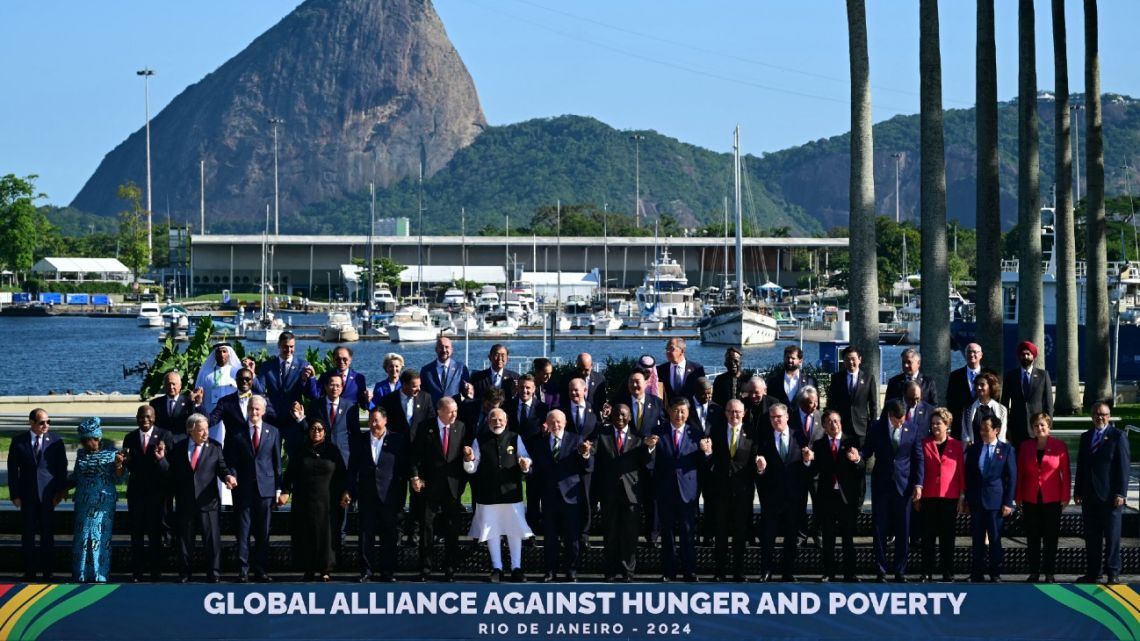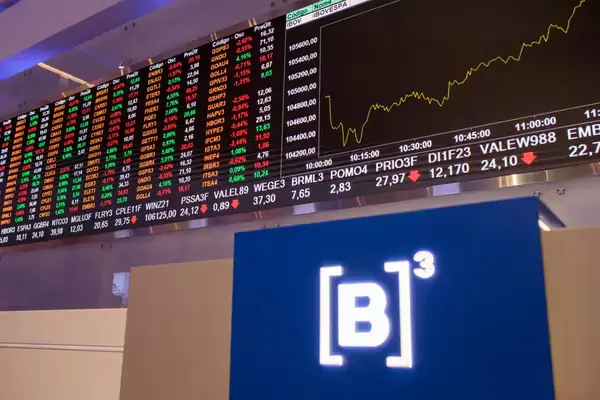The Brazilian currency market experienced a notable shift on Monday. The US dollar, which had approached R$ 5.80 earlier in the day, weakened against the Brazilian real.
This change was primarily driven by a significant increase in oil prices and anticipation of a new fiscal package. The spot dollar closed at R$ 5.7474, marking a 0.70% decrease.
This movement aligned with global trends. The DXY index, which measures the dollar against six major currencies, fell by 0.43% to 106.253 points.
Several factors influenced the currency market. Finance Minister Fernando Haddad’s weekend statements caught investors’ attention. He announced that a fiscal package was nearly ready for release. The package’s final details await input from the Defense Ministry.
Haddad refrained from specifying the package’s total cost-cutting measures. He only stated that it would meet the needs for balanced growth. This vague statement left room for market speculation.
 Dollar Drops to R$ 5.74 as Oil Prices Surge. (Photo Internet reproduction)
Dollar Drops to R$ 5.74 as Oil Prices Surge. (Photo Internet reproduction)Roberto Campos Neto, the Central Bank President, offered his perspective. He suggested that long-term interest rates remain high due to market concerns. Investors worry that President Lula’s government might not adhere to the fiscal framework.
Brazil’s Economic Outlook
Campos Neto also addressed inflation expectations. He dismissed the idea that high expectations stem from orchestrated moves by financial market players. His comments aimed to ease tensions between the government and the financial sector.
The Central Bank’s Focus survey revealed another shift. Analysts raised their interest rate projections for the coming year. This change reflects higher inflation expectations.
The forecast for the Selic rate in 2024 remained at 11.75% for the seventh consecutive week. Global events also played a role in the dollar’s movement.
Investors closely watched US President-elect Donald Trump’s cabinet formation. These political developments added another layer of uncertainty to the market.
The strong performance of commodities, especially Brent crude oil, further weakened the US dollar. This trend benefited commodity-exporting countries like Brazil.
In summary, the interplay of domestic fiscal expectations, global commodity trends, and political developments shaped the currency market. The real’s strengthening against the dollar reflects these complex economic and political dynamics.

 By The Rio Times | Created at 2024-11-18 21:32:20 | Updated at 2024-11-18 23:43:03
2 hours ago
By The Rio Times | Created at 2024-11-18 21:32:20 | Updated at 2024-11-18 23:43:03
2 hours ago








